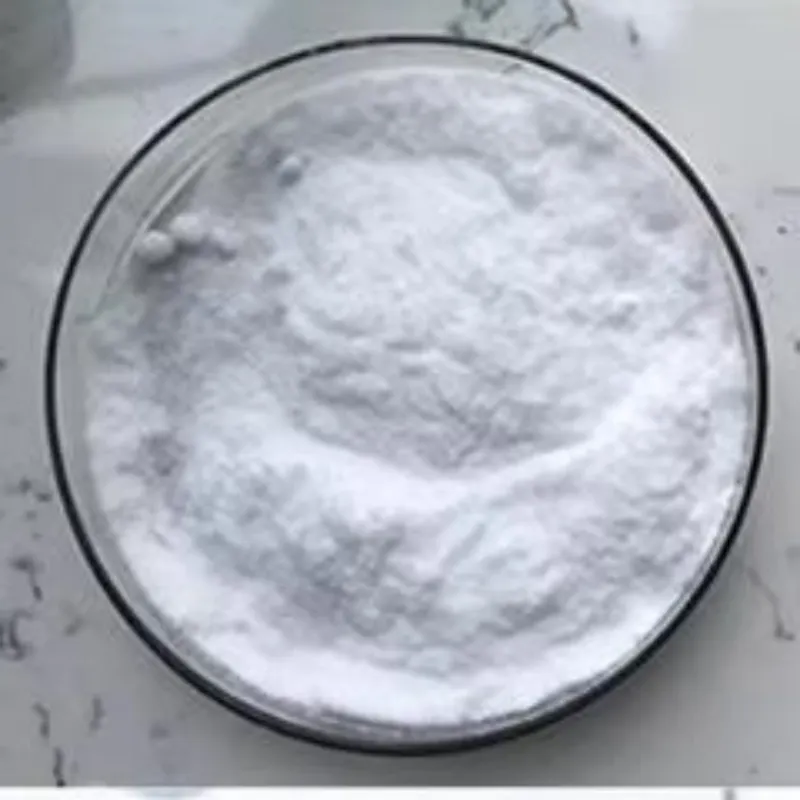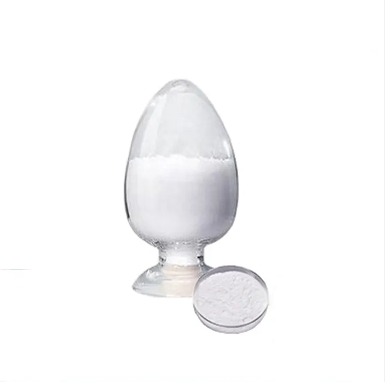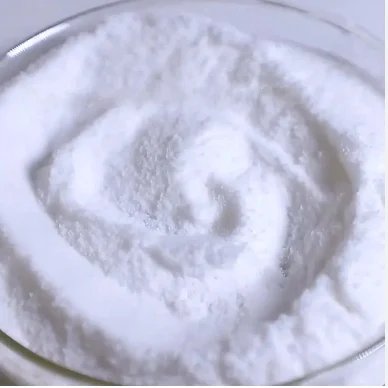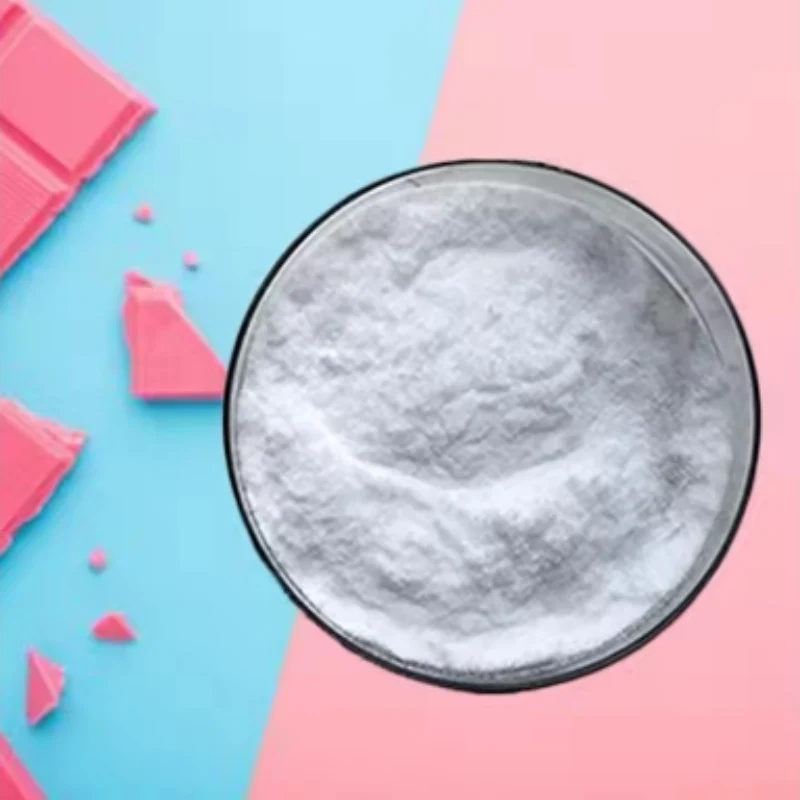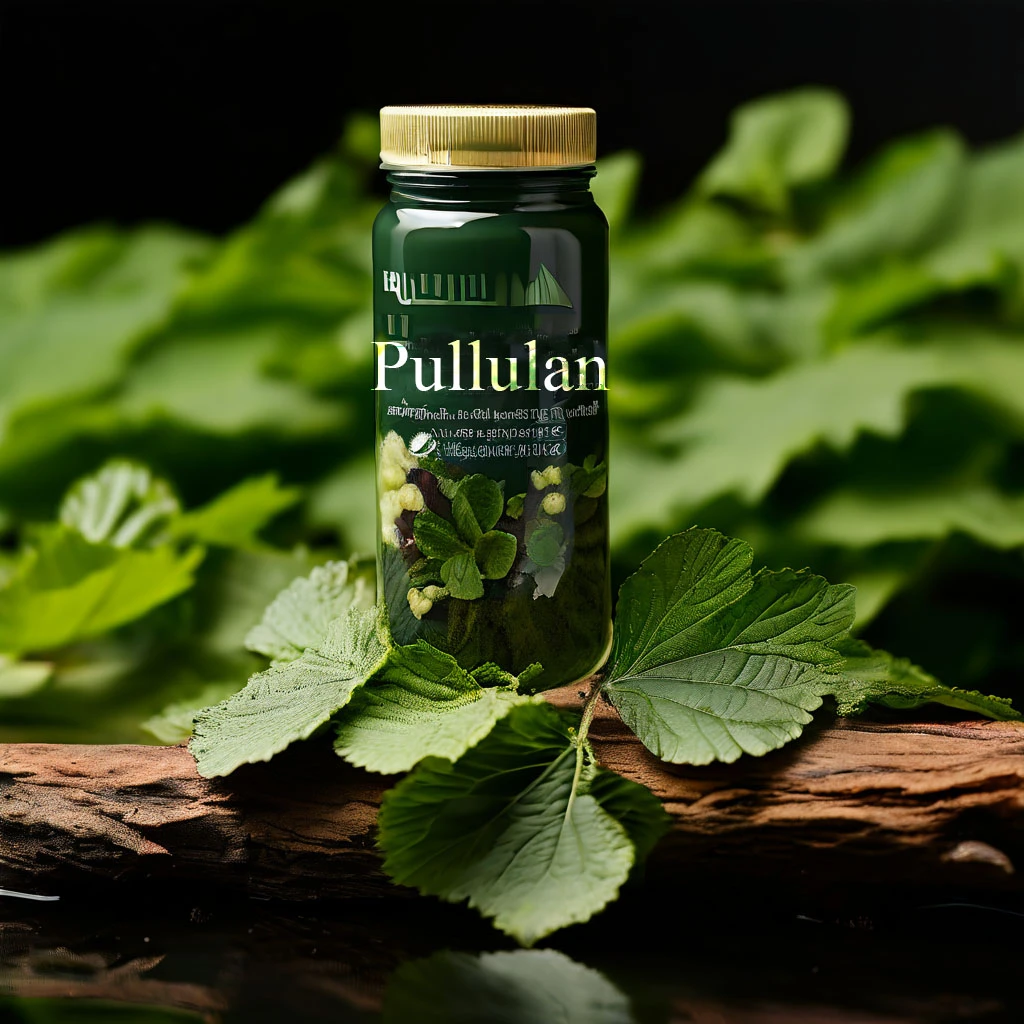Pullulan's molecular structure
Pullulan is a linear polysaccharide composed of repeating units of maltotriose, a trisaccharide consisting of three glucose molecules. The molecular structure of pullulan is highly organized, with a backbone composed of α-1,4-linked maltotriose units, occasionally branched with α-1,6 linkages. This unique structure gives pullulan its characteristic properties, including excellent film-forming ability, water solubility, and resistance to enzymatic degradation. The molecular weight of pullulan can vary depending on the production process and desired application, with higher molecular weights often associated with increased viscosity and film strength.
At the heart of Pullulan's efficacy lies its unique molecular structure, which enables it to form a protective barrier around food items. This barrier acts as a shield against moisture loss, effectively preventing products from drying out and maintaining their optimal moisture content over time. Whether applied as a coating, incorporated into packaging materials, or utilized in formulations, Pullulan's moisture retention properties play a pivotal role in preserving food freshness.
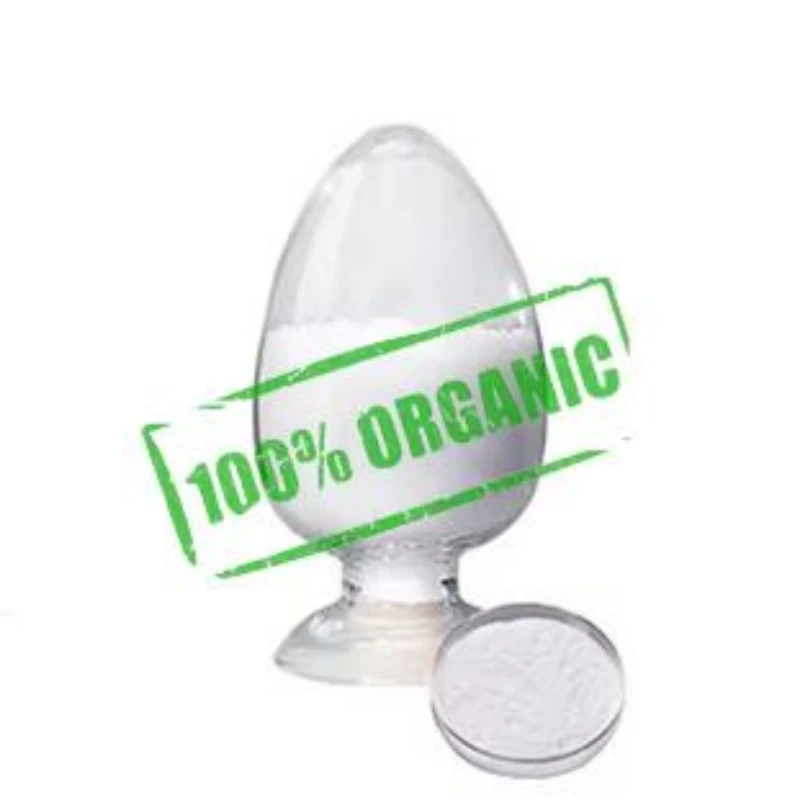
Product details
Storage Type
Keep sealed, store in dry and cool place
Specification
EP/JP/USP/CP
Shelf Life
24 months
Manufacturer
Shandong Mimei Biology CO., Ltd
Ingredients
NA
Content
Pullulan
Address
Weifang
Instruction for use
food additive
Place of Origin
China
Appearance
Powder
Color
White
Viscosity
15~180
Loss of drying
Less than 10%
PH
5.0~8.0
Grade
Food Grade./Pharmaceutical Grade
Certificate
ISO/ Kosher/Halal/NOP
Storage
Cool Dry Place
Shelf Life
2 Years
Sample
Freely Provided
Pullulan's moisture retention capabilities in bakery products
In bakery products such as bread and pastries, Pullulan serves as a valuable ally, ensuring that each bite remains moist and delectable. By reducing moisture migration and evaporation, Pullulan helps to preserve the softness and texture of baked goods, prolonging their shelf life without compromising on quality.
Usage standards and dosage recommendations for pullulan in bakery products
Usage standards and dosage recommendations for pullulan in bakery products may vary depending on factors such as the specific application, desired product characteristics, and regulatory requirements. However, here are some general guidelines to consider:
Recommended Dosage: The recommended dosage of pullulan in bakery products typically ranges from 0.1% to 1% of the total flour weight. However, the optimal dosage may vary based on the specific application and desired properties. It's essential to conduct trials to determine the most suitable dosage for your bakery products.
Moisture Retention: Pullulan is often used in bakery products to enhance moisture retention, improve texture, and extend shelf life. The dosage of pullulan can be adjusted based on the desired level of moisture retention and the moisture content of the final product.
Texture Enhancement: Pullulan can improve the texture and mouthfeel of bakery products, such as bread, cakes, and pastries. The dosage of pullulan can be adjusted to achieve the desired texture, such as softness, chewiness, or crumb structure.
Film-Forming Properties: Pullulan's film-forming properties can be utilized in bakery products to create a protective barrier that helps retain moisture and prolong freshness. The dosage of pullulan should be sufficient to form a thin, uniform film on the surface of the product.
Regulatory Compliance: Ensure that the usage of pullulan complies with regulatory standards and guidelines for food additives in your region. Refer to applicable regulations, such as those set by the FDA in the United States or the EFSA in the European Union, to ensure compliance with maximum usage levels and labeling requirements.
Compatibility with Other Ingredients: Consider the compatibility of pullulan with other ingredients commonly used in bakery formulations. Ensure that pullulan is compatible with other additives, enzymes, and processing aids to optimize performance and product quality.
Quality Control: Implement quality control measures to monitor the dosage and performance of pullulan in bakery products. Conduct regular testing to assess product attributes such as texture, moisture content, shelf life, and sensory characteristics.
By following these usage standards and dosage recommendations, bakeries can effectively incorporate pullulan into their bakery products to achieve desired functional properties and enhance overall quality. Adjustments to dosage and formulation may be necessary based on specific product requirements and performance objectives.
Pullulan's moisture retention capabilities in confectionery
In the realm of confectionery, Pullulan's moisture retention capabilities prove equally indispensable. From chewy candies to chocolate coatings, Pullulan ensures that these treats maintain their desired consistency and mouthfeel, resisting the effects of humidity and temperature fluctuations.
Recommended Dosage in confectionery
The recommended dosage of pullulan in confectionery products typically ranges from 0.1% to 1% of the total formulation weight. However, the optimal dosage may vary based on the specific application and desired properties. It's essential to conduct trials to determine the most suitable dosage for your confectionery products. For example, in gummy candies, the optimal dosage of pullulan may be towards the lower end of the range, around 0.1% to 0.5%, to provide a slight chewiness and improve texture without affecting the taste or appearance significantly. However, in coated confectionery products such as chocolate-covered nuts or fruits, a slightly higher dosage of around 0.5% to 1% may be necessary to form a thin, protective coating that enhances shelf life and prevents moisture migration. Ultimately, the ideal dosage of pullulan will depend on the specific formulation and desired attributes of the confectionery product, and it may require experimentation and adjustment to achieve the desired results.
Pullulan's moisture retention capabilities in fresh produce
In the realm of fresh produce, Pullulan contributes to extending the shelf life of fruits and vegetables by creating a protective film that minimizes moisture loss and reduces the risk of spoilage. This not only enhances the visual appeal of produce but also reduces food waste and promotes sustainability.
Application Method of Pullulan in fresh produce
Pullulan can be applied to fresh produce as a coating or incorporated into edible films or packaging materials. The dosage and application method should be selected based on factors such as the type of produce, desired shelf life extension, and processing capabilities.
For example, in the case of berries such as strawberries or blueberries, Pullulan can be applied as a coating solution at a concentration of around 0.5% to 1% by weight. This coating can be achieved by dipping the berries in a Pullulan solution or spraying them with a Pullulan-containing mist. The thin, breathable film formed by Pullulan helps reduce moisture loss and extends the shelf life of the berries by inhibiting mold growth and maintaining firmness.
Similarly, for leafy greens like lettuce or spinach, Pullulan can be incorporated into edible films or packaging materials. A Pullulan-based edible film can be applied to the surface of the greens before packaging, providing a protective barrier that reduces water loss and slows down wilting. The film can be prepared by dissolving Pullulan in water and then spreading the solution over the surface of the greens before allowing it to dry and form a thin, transparent coating.
In terms of dosage, for both berries and leafy greens, a concentration of 0.5% to 1% Pullulan by weight is commonly used. However, the exact dosage may vary depending on factors such as the specific type of produce, desired shelf life extension, and processing conditions. Conducting trials with different concentrations of Pullulan and monitoring the quality and shelf life of the treated produce can help determine the optimal dosage for each application.
In conclusion, food grade pullulan stands as a stalwart guardian of food freshness, thanks to its unparalleled ability to retain moisture. Whether in bakery products, confectionery items, or fresh produce, Pullulan's moisture retention properties offer a reliable solution for maintaining product quality and extending shelf life, thereby ensuring that consumers can enjoy fresher, more flavorful food for longer periods.
Food grade pullulan supplier
As a prominent manufacturer and supplier of food-grade pullulan in China, we are proud to be at the forefront of the industry. With our robust technical expertise and extensive experience in manufacturing, we consistently deliver high-quality pullulan products to meet the diverse needs of our customers.
Our state-of-the-art facilities are equipped with cutting-edge technology and adhere to strict quality control measures, ensuring the excellence and consistency of our pullulan. From sourcing premium raw materials to the final production stages, we prioritize precision and quality at every step of the manufacturing process.
At our core, we prioritize innovation and customer satisfaction. We work closely with our clients to understand their unique requirements and provide tailored solutions that exceed their expectations. Whether it's for food, pharmaceuticals, cosmetics, or other applications, our pullulan products are trusted for their reliability and versatility.
Committed to sustainability and environmental responsibility, we adhere to eco-friendly practices throughout our operations. By prioritizing the use of renewable resources and minimizing waste, we strive to minimize our environmental footprint while ensuring the safety and integrity of our products. Trust us to be your reliable partner for all your pullulan needs.
FAQ
1. What is Food Grade Pullulan?
Food Grade Pullulan is a natural polysaccharide derived from starch fermentation by the fungus Aureobasidium pullulans. It is commonly used as a food additive with various functional properties, including moisture retention.
2. How does Food Grade Pullulan contribute to moisture retention?
Pullulan forms a thin, transparent film when applied to the surface of food products. This film acts as a barrier, reducing moisture loss and helping to retain the natural moisture content of the food, thereby extending shelf life.
3. What types of food products can benefit from the moisture retention properties of Pullulan?
Pullulan can be used in a wide range of food products, including baked goods, confectionery, dried fruits, snacks, and processed meats, among others. It is particularly beneficial in products prone to moisture loss or drying out during storage.
4. How is Food Grade Pullulan applied to food products for moisture retention?
Pullulan can be applied as a coating or incorporated into edible films, packaging materials, or directly into the food formulation. The specific application method depends on the type of food product and the desired level of moisture retention.
5. Is Food Grade Pullulan safe for consumption?
Yes, Food Grade Pullulan is considered safe for consumption and is approved for use as a food additive in many countries around the world. It is non-toxic, non-allergenic, and does not impart any taste or odor to food products.
6. What are the regulatory considerations for using Food Grade Pullulan in food products?
Food Grade Pullulan must comply with regulatory standards and guidelines established by food safety authorities in each country. It is essential to adhere to maximum usage levels, labeling requirements, and other regulatory specifications when using Pullulan in food products.
7. Can Food Grade Pullulan be used in organic or natural food products?
Yes, Food Grade Pullulan is compatible with organic and natural food products. It is derived from natural fermentation and aligns with clean label initiatives, making it suitable for use in organic and natural food formulations.
8. Are there any specific storage conditions for Food Grade Pullulan?
Food Grade Pullulan should be stored in a cool, dry place away from direct sunlight and moisture. Proper storage helps maintain its quality and functionality over time.
9. How can I determine the optimal dosage of Food Grade Pullulan for moisture retention in my food product?
The optimal dosage of Pullulan depends on various factors, including the type of food product, desired level of moisture retention, and processing conditions. Conducting trials with different concentrations of Pullulan and evaluating the sensory attributes and shelf life of the treated products can help determine the optimal dosage for your specific application.
